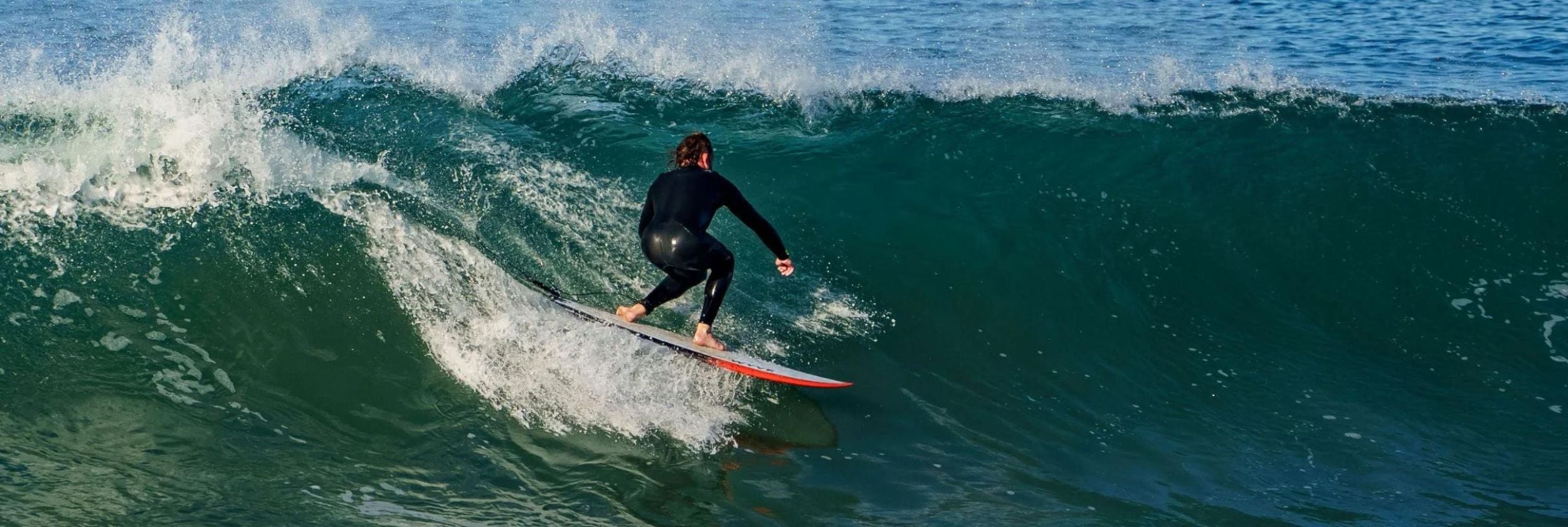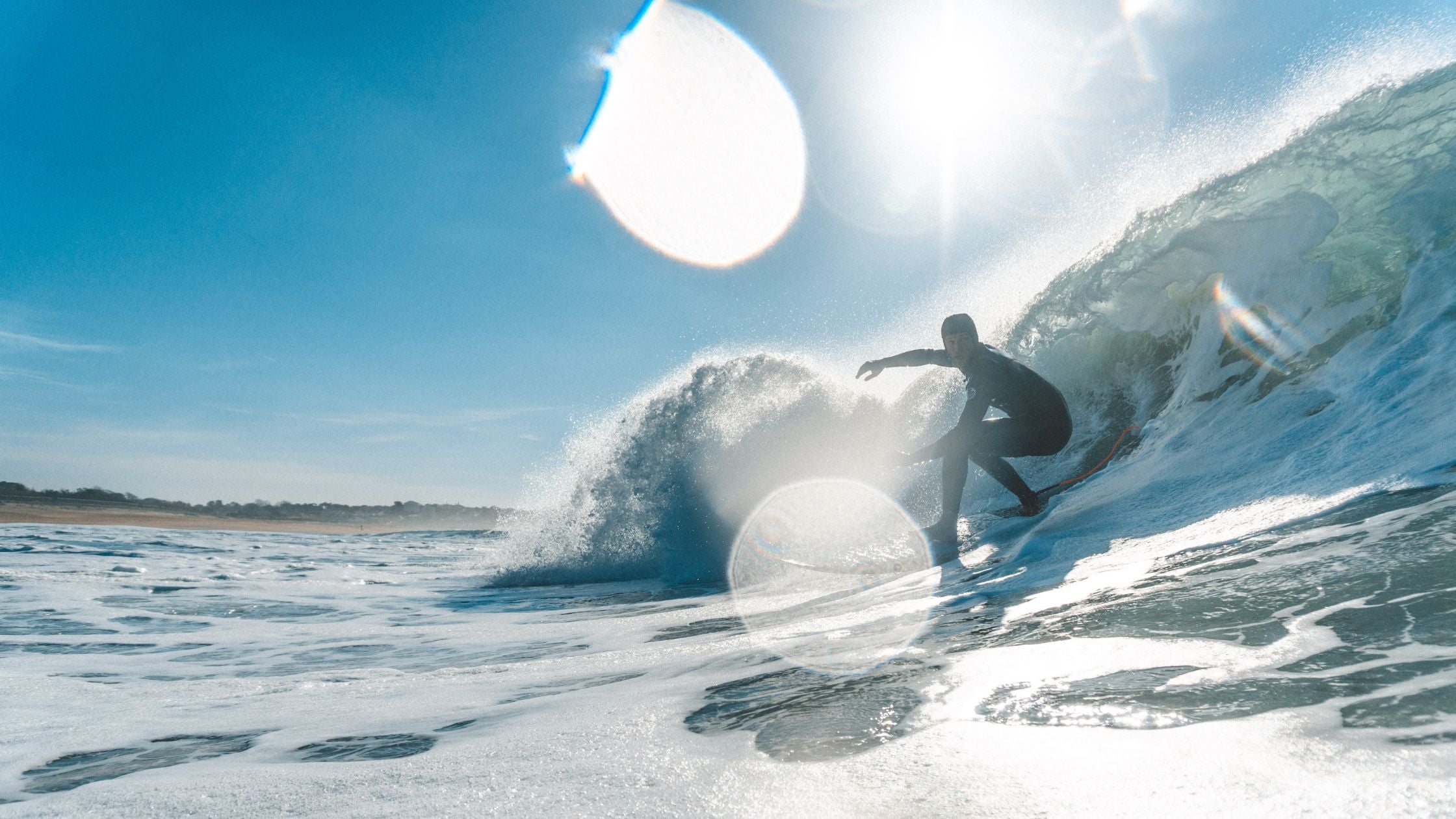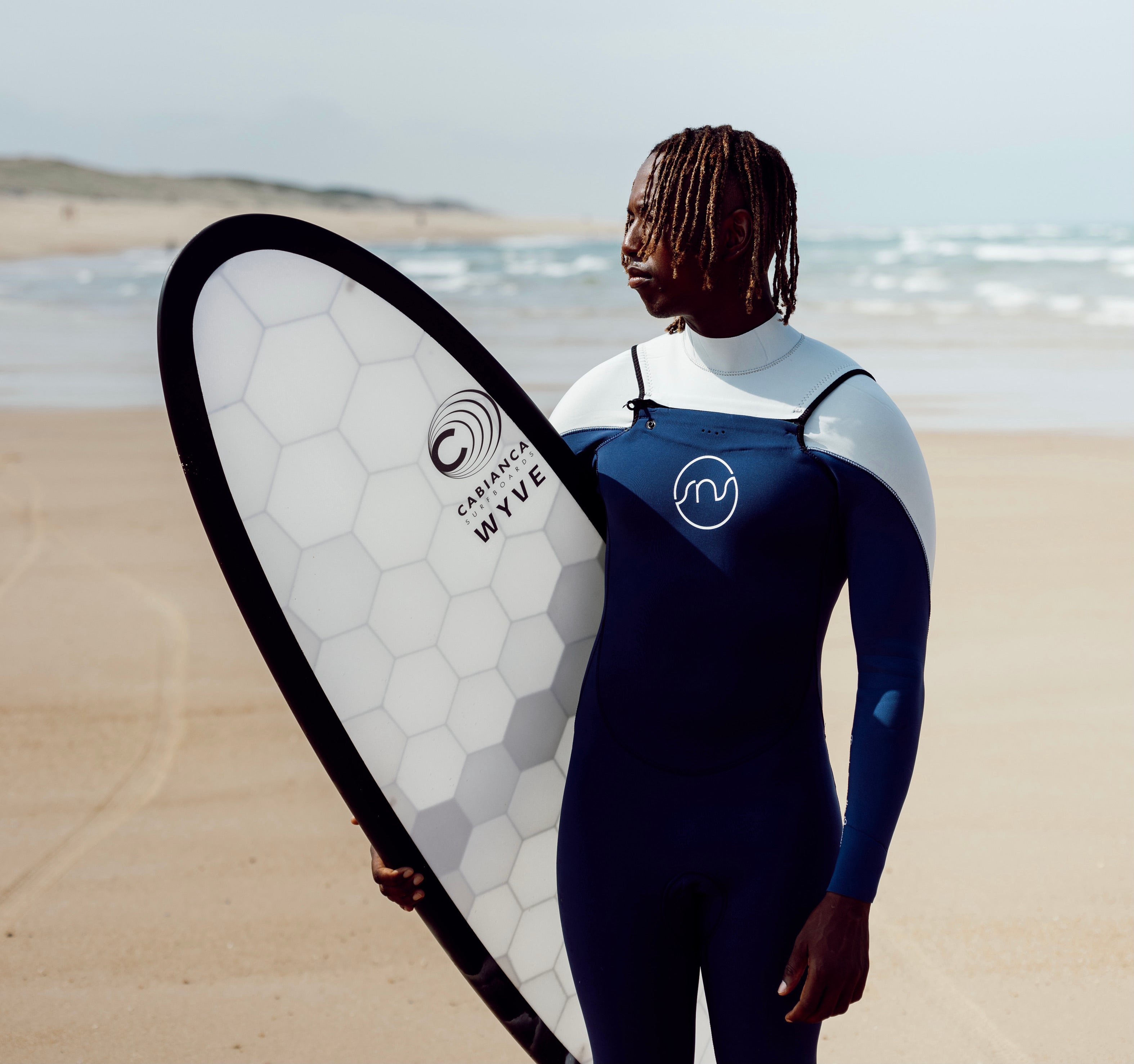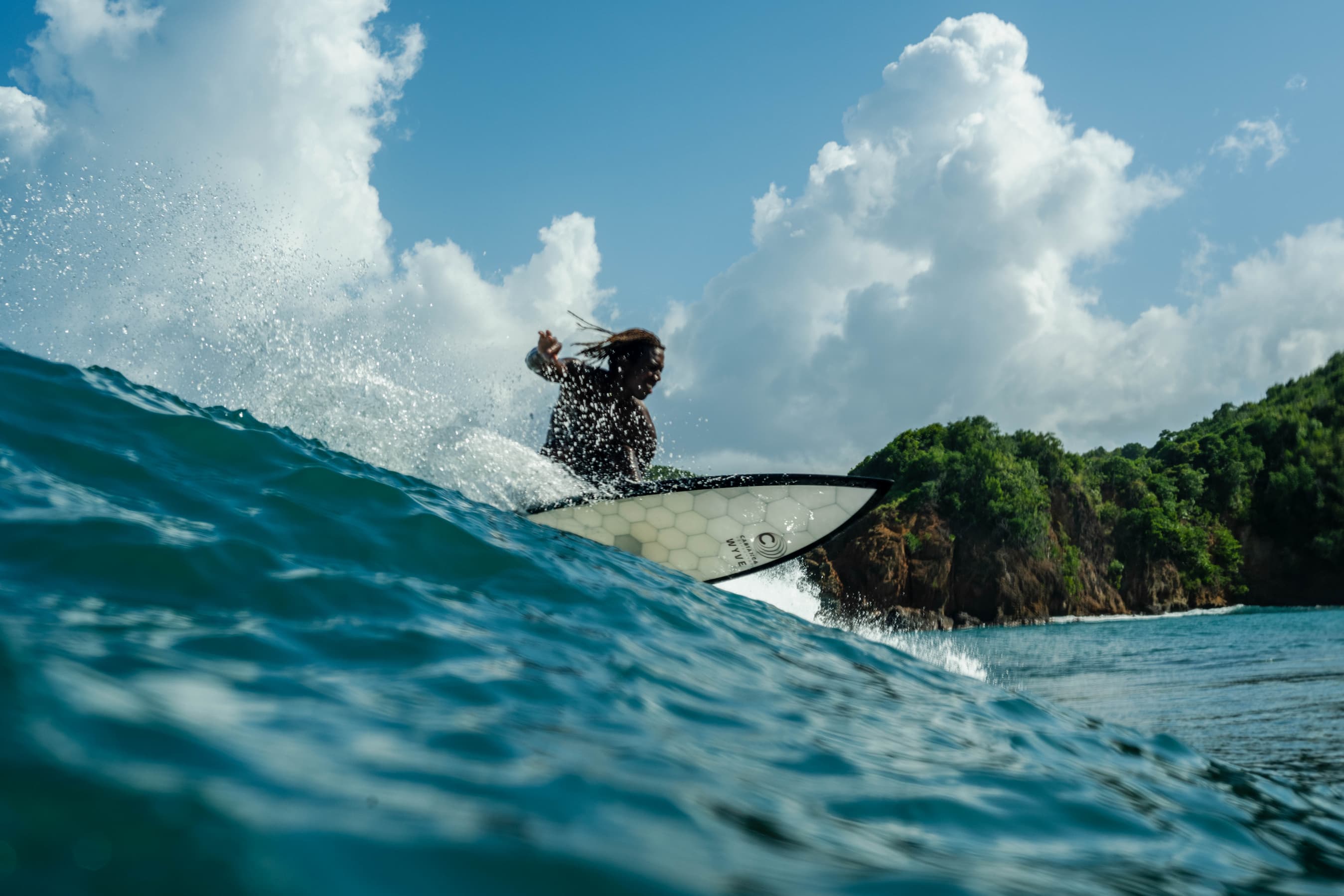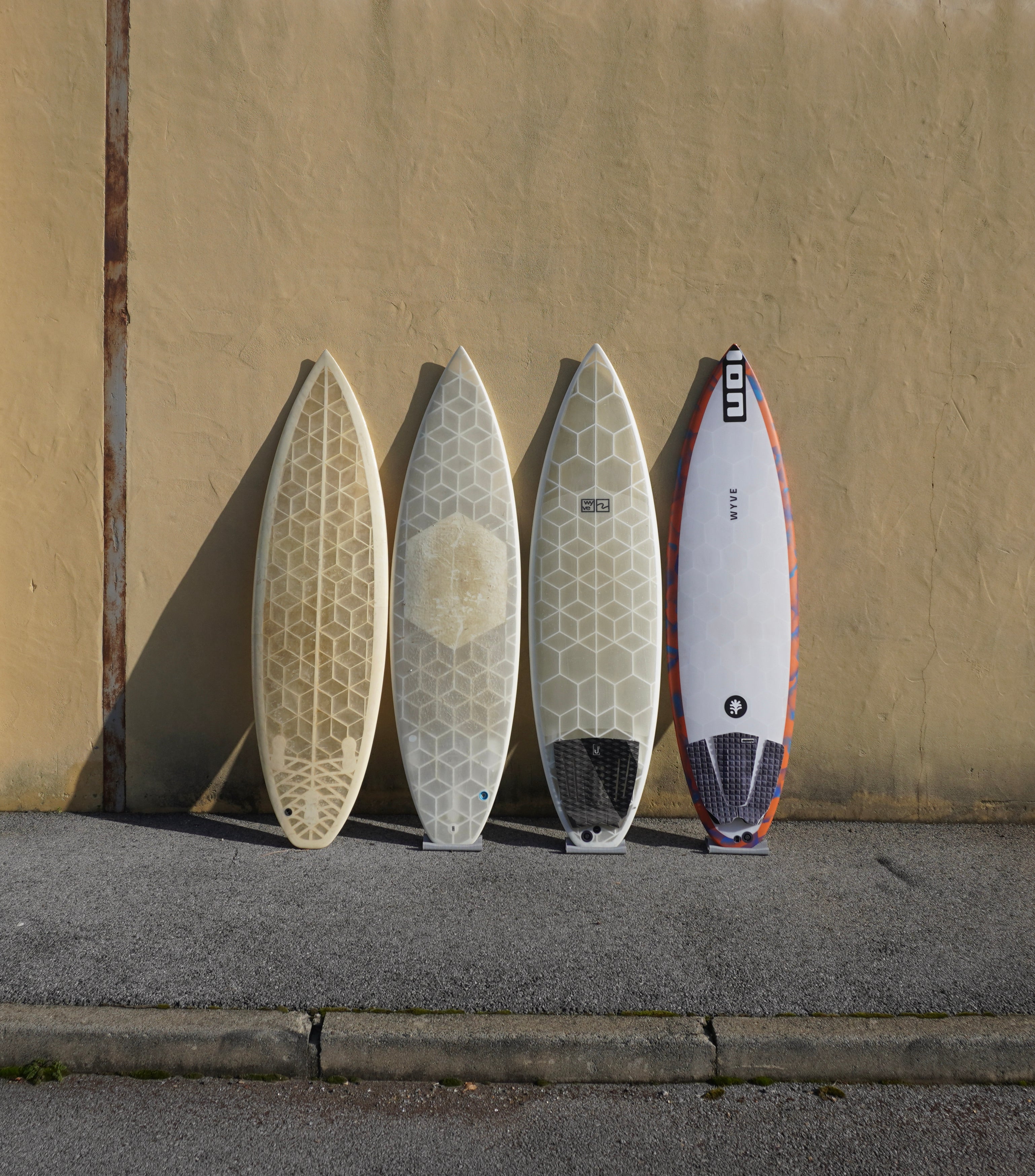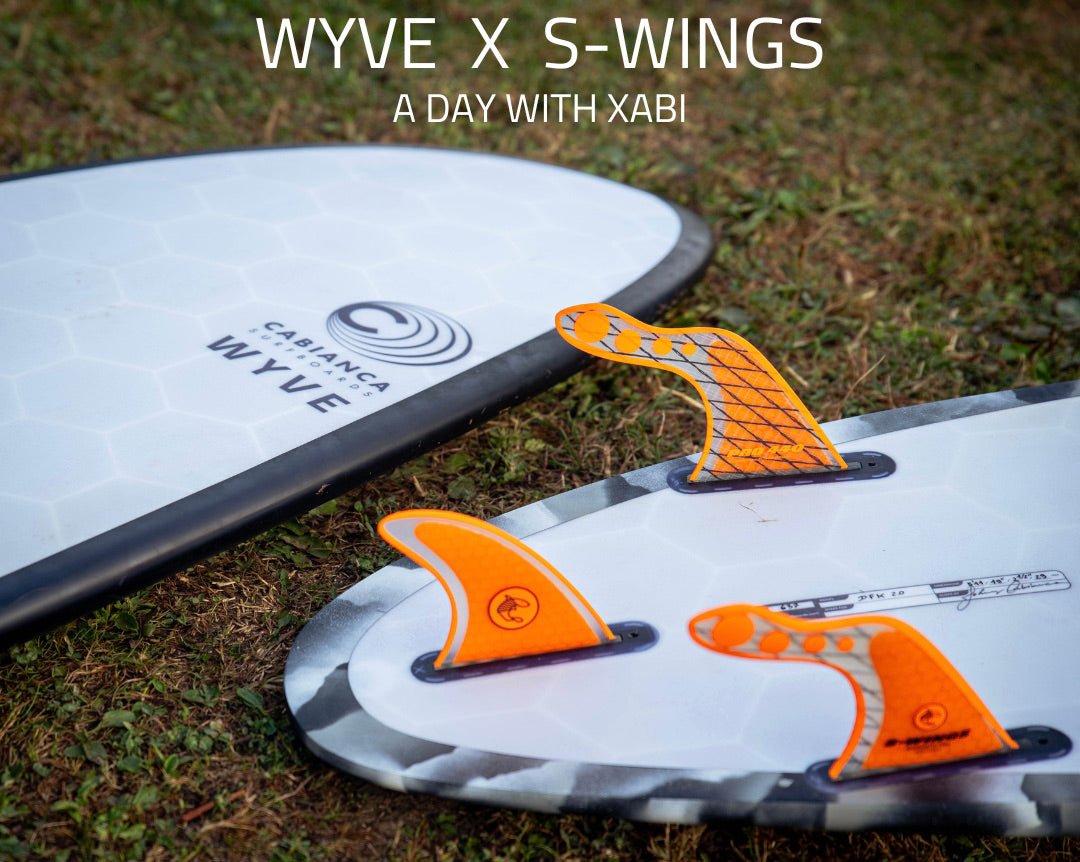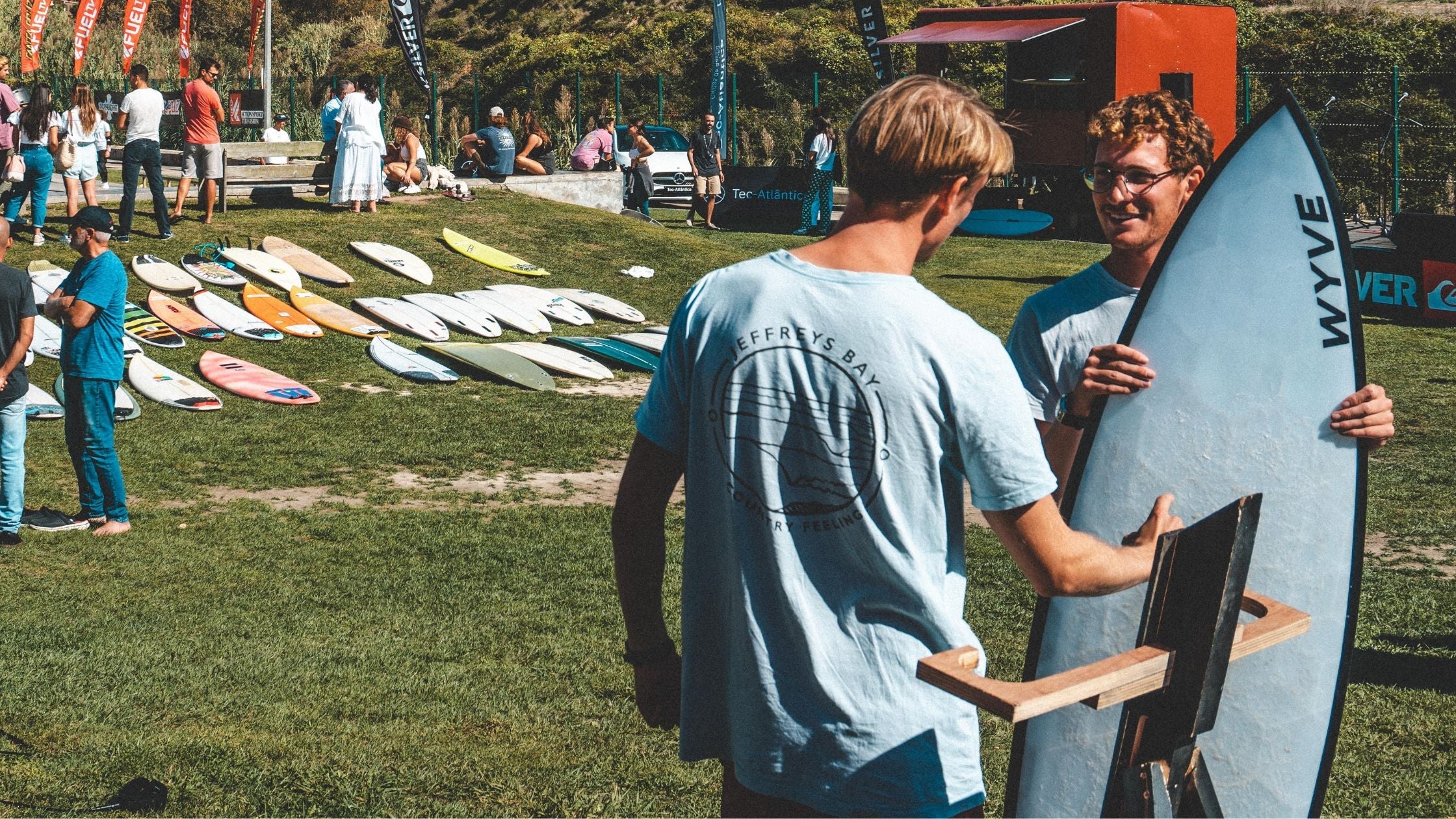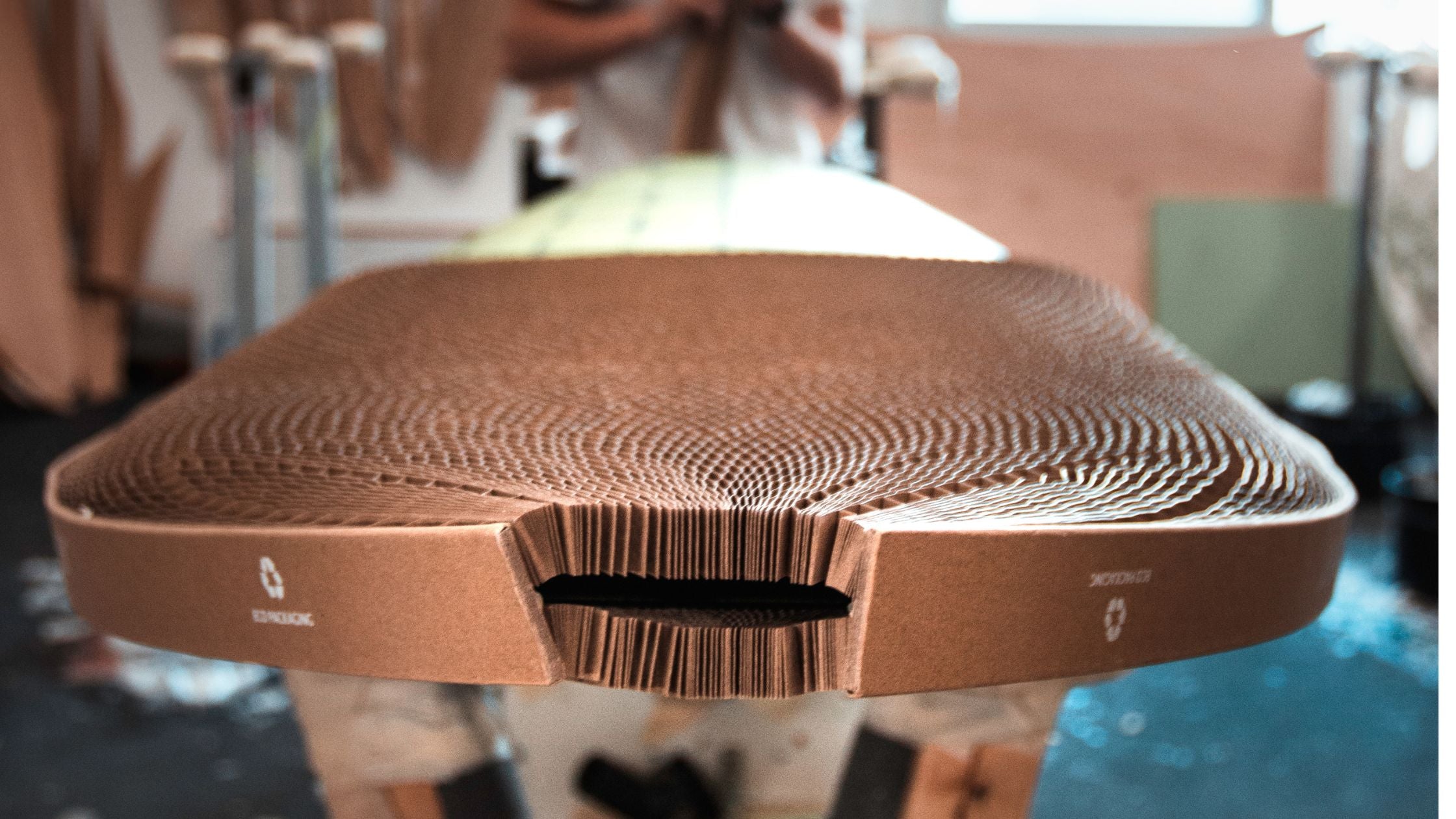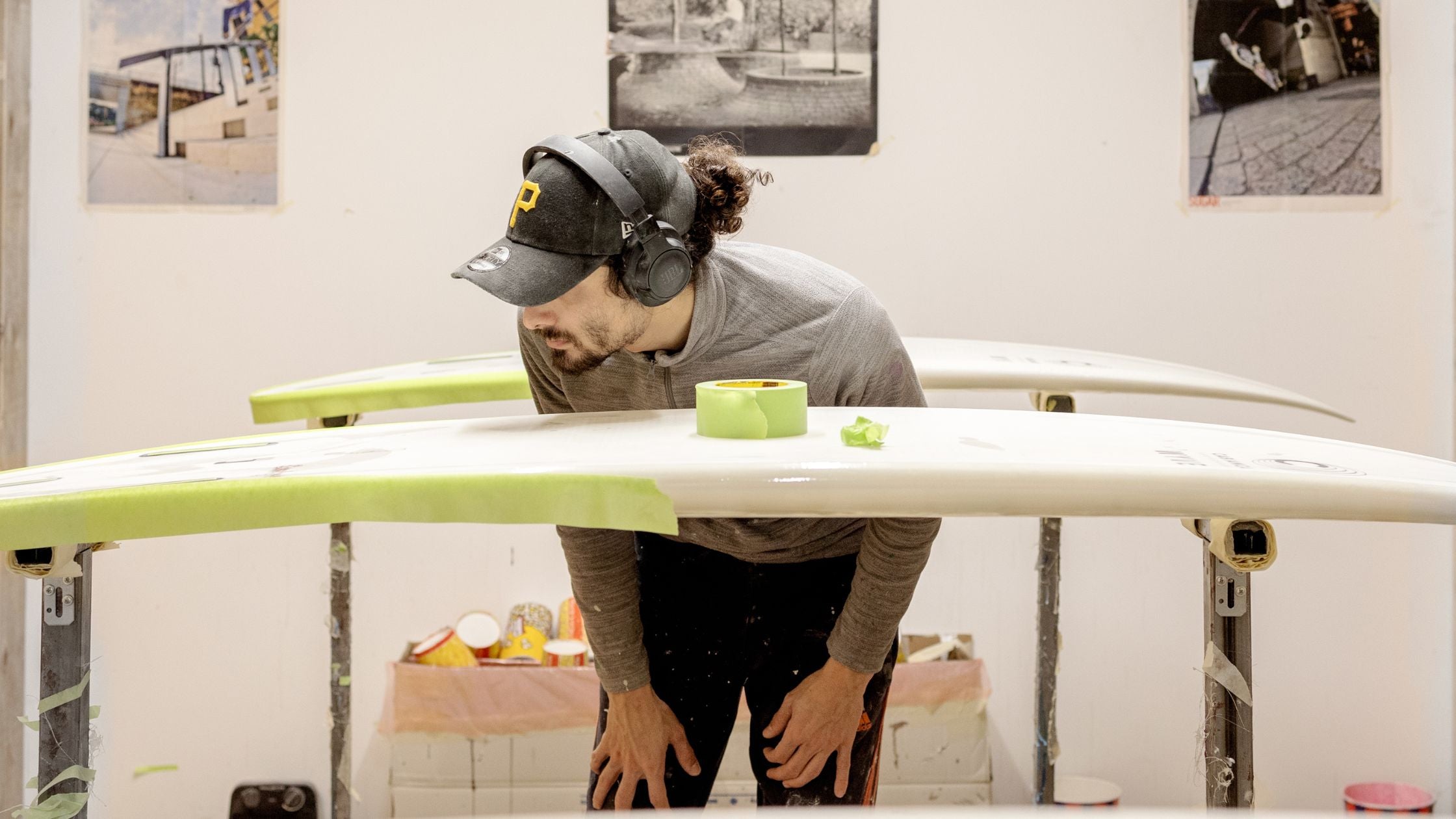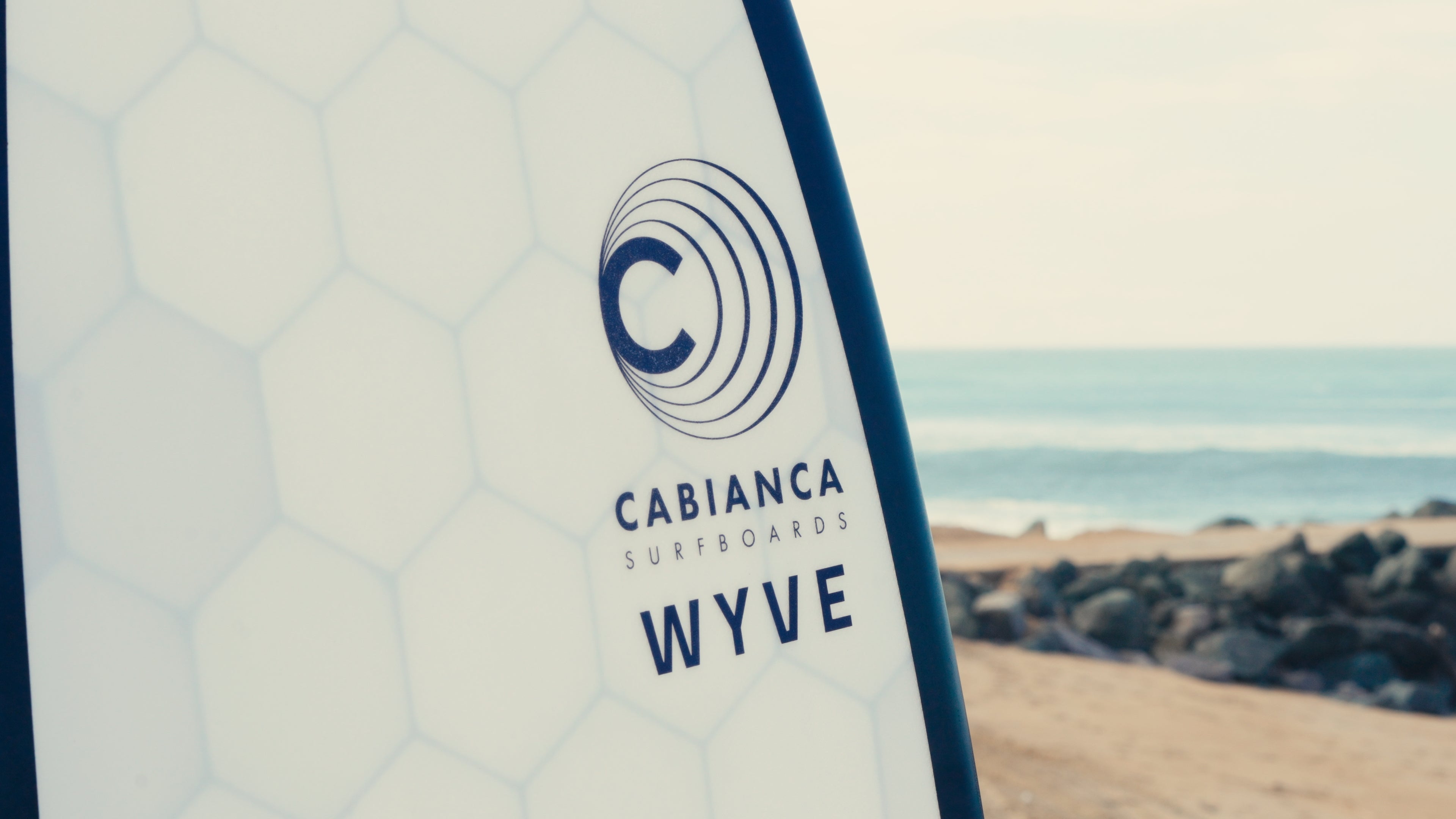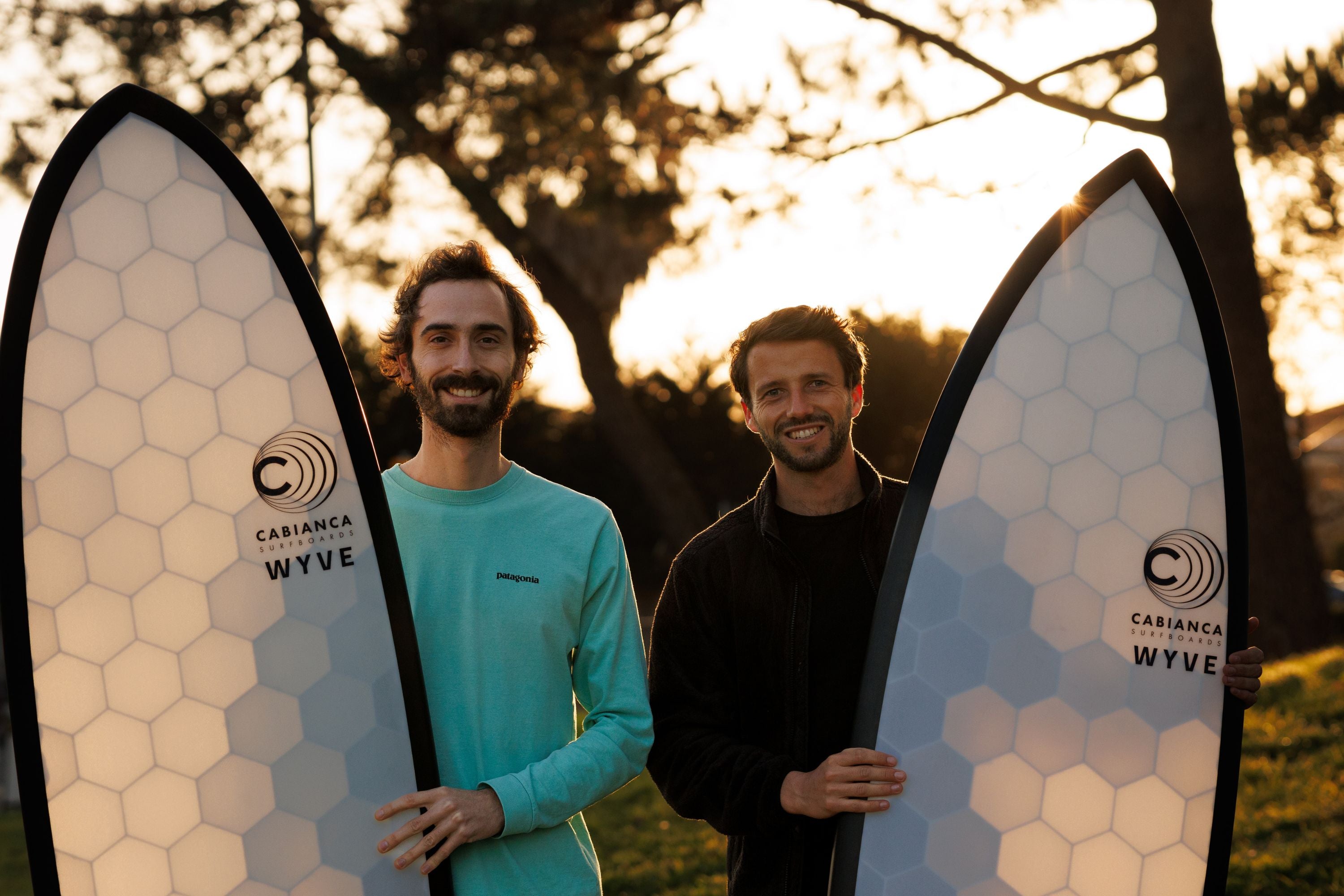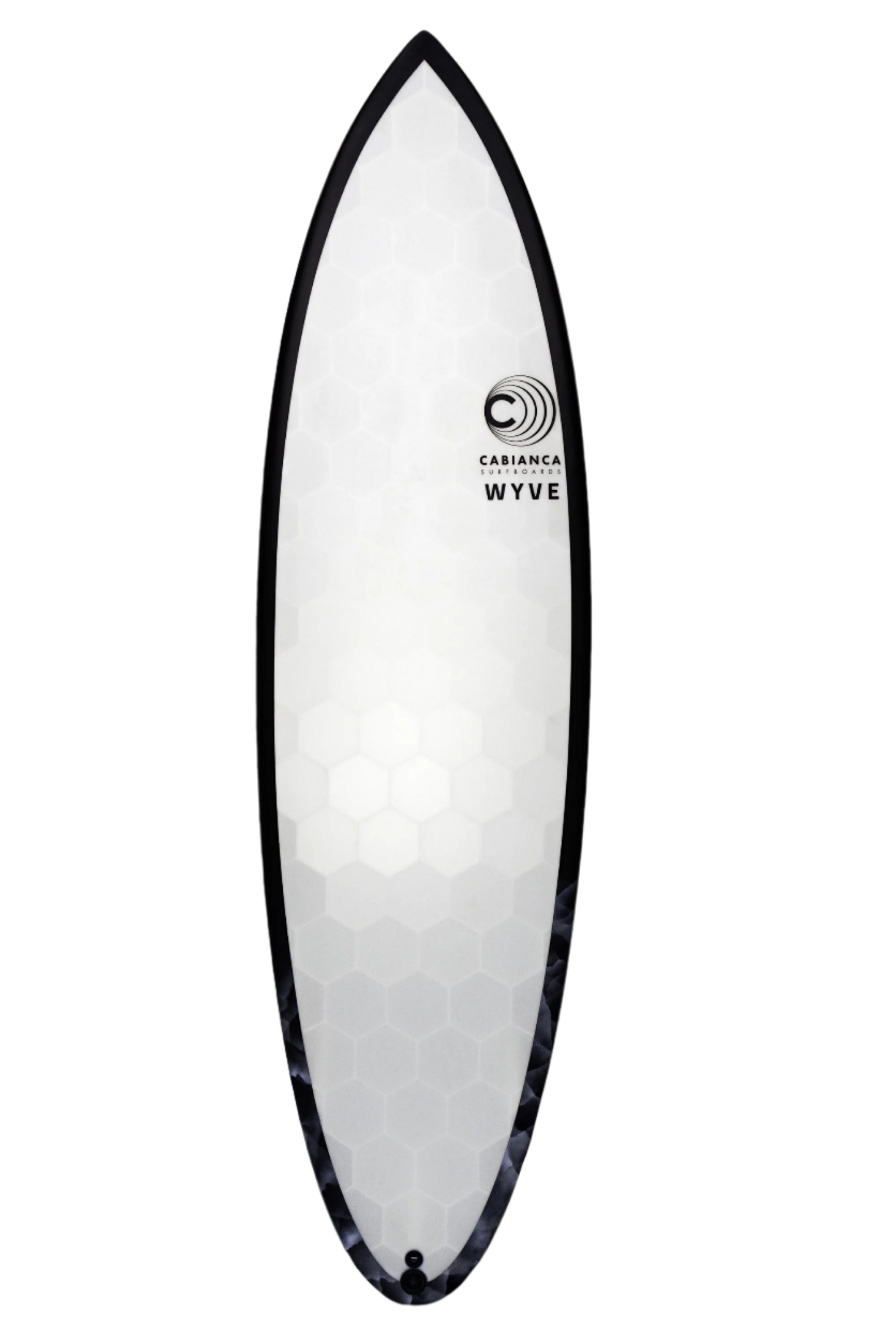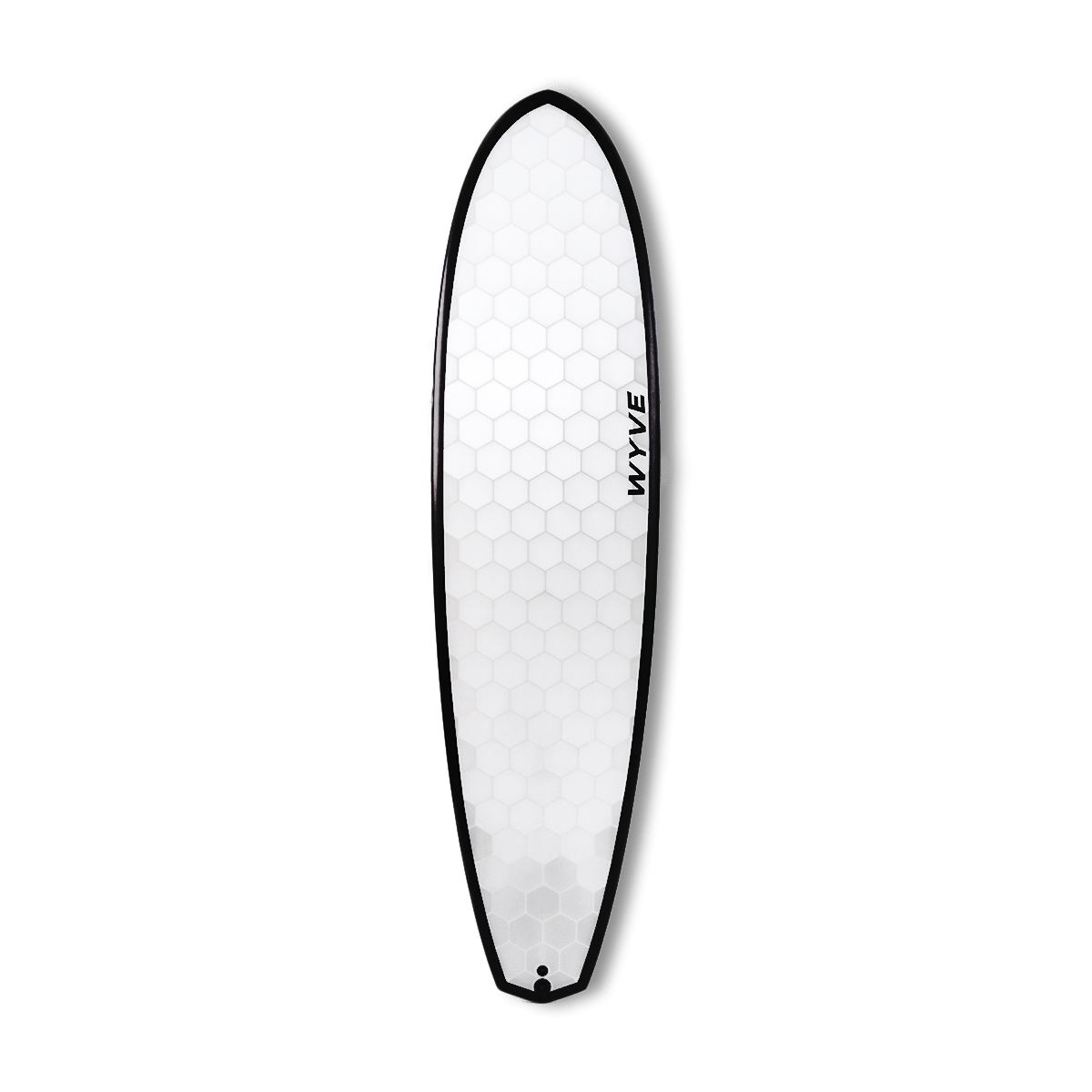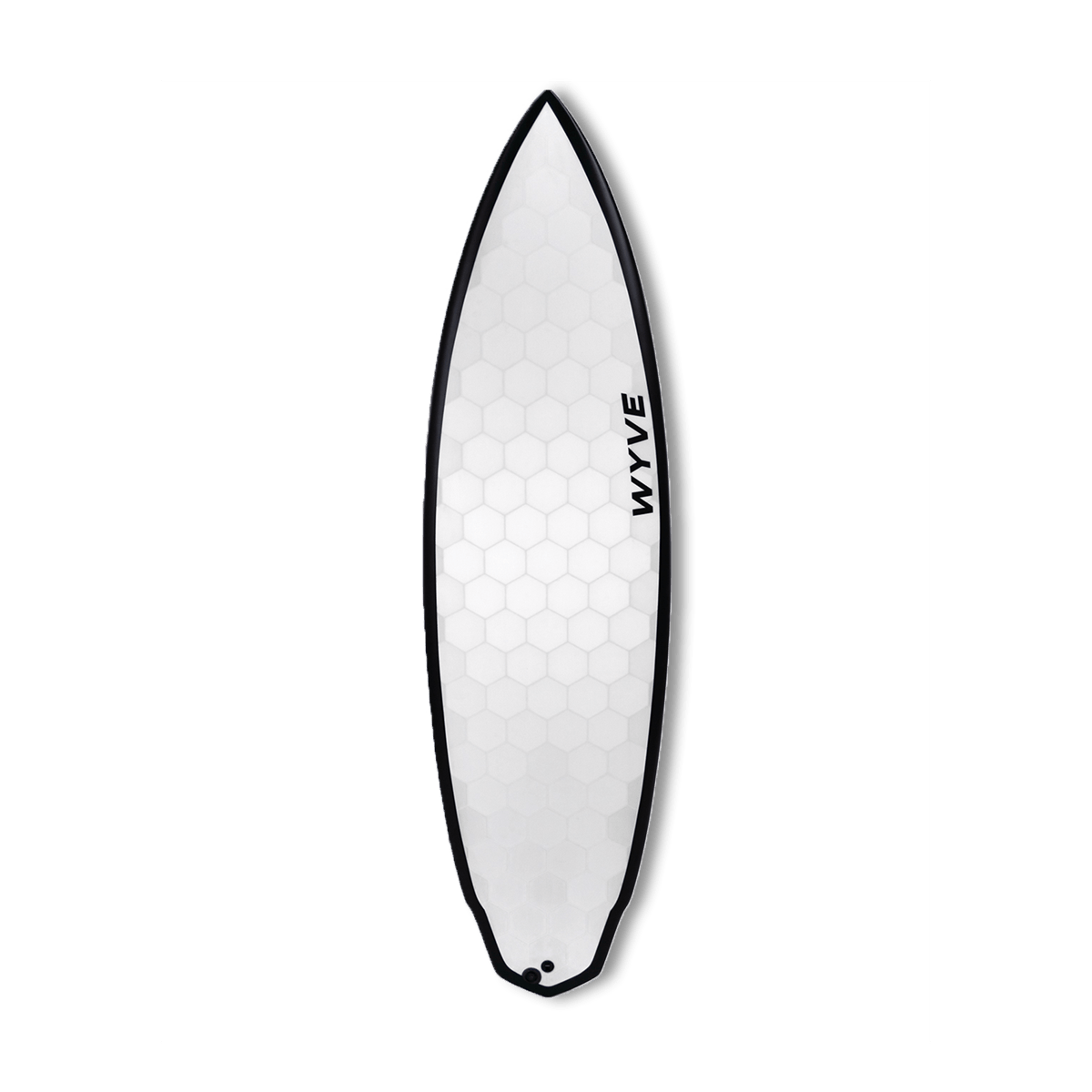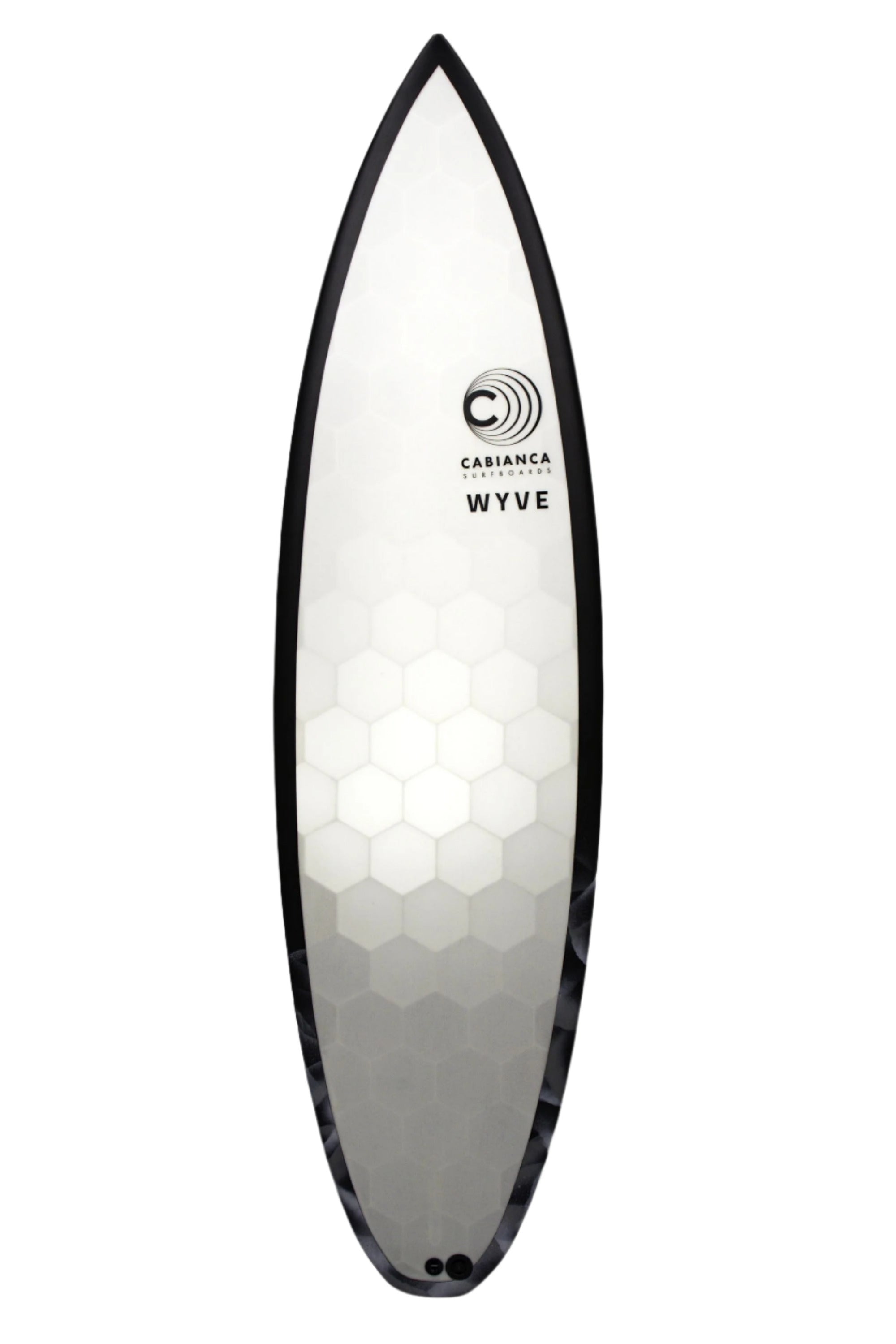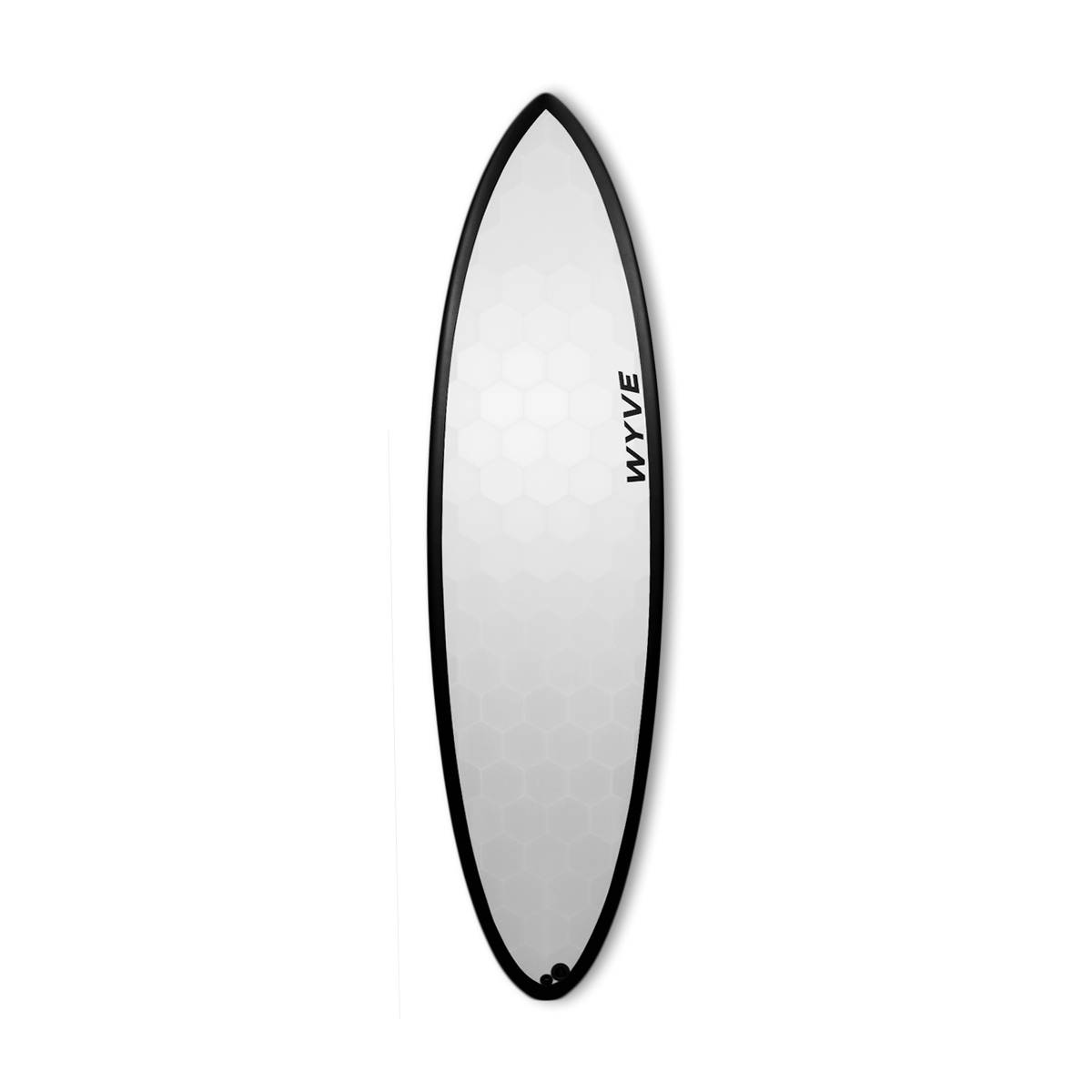As a surfer's skills progress, their quiver expands to include boards optimal for ability level, local conditions, and performance goals. While beginners often start with just one board, data indicates the average surfer eventually owns around three to five boards suitable to their needs.
Defining the Average Surfer
When assessing how many boards make up the standard quiver, the population under consideration is key. Across all surfers globally, from first-timers to competitive pros, averages would skew higher. This analysis focuses on recreational surfers beyond the entry stage who surf consistently but not necessarily competitively. With at least foundational skills, this group is in the market for quivers covering capability and condition versatility. Sparse data exists on precise board ownership globally, but by surveying shapers, surf shops, and consumers, reasonable estimates emerge.
Beginner Quivers: Starting with One Board
Every surfer remembers their first board. Whether borrowed, rented, or bought, that inaugural slab defined the earliest forays into wave riding. As initial education tools, first boards are generally longboards or foam boards prioritizing stability and ease while learning balance and wave catching. Few newcomers start with performance shortboards. Most instructional camps and surf schools equip students with uniform longboards & Minimal as well.
So while length and construction varies based on height and local break types, almost all surfers start building their quiver with a single beginner board.
Progression to Intermediate: Adding Capability
After that first summer spent battling whitewash, most hooked surfers ask the same question — "what board should I get next?" The answer depends on current skill, challenges with the starter board in developing technique, and conditions commonly surfed. Most look to reduce size for more responsiveness or adopt a new shape offering different performance.
This progression signals the initial quiver expansion into the intermediate zone where wave reading, maneuver execution, and matching equipment to conditions all come into play.
Data from surf shops points to the average intermediate surfer owning around two boards once they progress beyond the first learner board.
Advanced: Owning the Well-Rounded Quiver
Experienced surfers are fluent in their board choices. They understand variations in design and how shape impacts speed generation, float, paddle power, aerial opportunity, rail response, wave suitability and more. They also recognize gaps in their quiver's capability relative to ever-changing swell, wind, tide, bottom contour, and crowd conditions.
This comprehensive outlook is why advanced recreational surfers most commonly own dialed quivers in the three to five board range.
Four boards emerged as the average sweet spot, covering bases while leaving room for specialty additions.
Factors Impacting Ideal Quiver Size
Wave Conditions
The most obvious driver of quiver composition is the state of waves surfed regularly. Beach breaks with smaller sloping waves call for different boards than heavy, hollow reef breaks. Longboard-focused surfers need alternate equipment than thrill seekers charging big wave spots. Barrel hunters want speed to align boards to steep pockets. So a surfer's home break power and shape impacts boards required and how many constitute a versatile quiver.
East Coast surfers tackle different conditions than the West Coast. Hawaii may demand guns beyond small wave boards.
Even seasonality like summer VS winter swells shifts needs. Understanding a spot's primary state covers the basics. But the advanced surfer prepares for variability, too.
Skill Level and Goals
Every surfer progresses on their path based on ability, commitment, and mastery goals. Novice surfers working on standing and riding straight don’t need high performance shortboards. But progression demands change as intermediate skills like maneuvering take hold. Turning ability unlocks equipment potential. At advanced stages, technique opens creative risk taking, including progressive tricks, tube riding and aerials.
This demands equipment aligned to evolving talents. A surfer knows the gaps between current reality and aspiration. Quiver changes help close that gap. Those content with long, smooth rides stick to familiar boards where aggressive rippers constantly seek innovative shapes or use classics to boost airs higher.
Budget Realities
Not every surfer can afford an unlimited quiver. Quality boards easily run $900 plus for proven models from major shapers. Hand shaped custom boards jump into four figures quickly.
Even seasoned surfers balance ideal fantasies with budget realities. Price constraints keeps working surfers locked into one or two trusty boards. Quiver ceilings depend greatly on disposable income.
Some skip food or sleep in cars to chase swells and score boards outside financial means. Certain surf towns and schools provide communal board resources - a shared quiver by membership. But budget limit decision-making remains constant. Surfers unable to splurge on a full quiver adapt seasonally by buying/selling used or rental options.
Storage Limitations
Available space to store boards also affects quiver ambitions. Tiny apartment renters or those with small garages and sheds hit ceilings fast unless going vertical. Surfers sans vehicles struggle to transport multiple boards too. Urban environments pose greater quiver limits than rural areas, with room for workshops and board collections. Certain surf towns institute ordinances on visible clutter disallowing sprawling board storage facing streets or sidewalks. And airports charge excess baggage fees that add up hauling boards.
Lockers help but come with monthly fees above free piles in corners. Creative options like bunk beds, under bed racks or ceiling hooks extract space but don’t eliminate spatial constraints. Storage remains a practical barrier to endless accumulation possibilities.
Even the most passionate surfers balance ideal fantasies with spatial and financial barriers. But within reasonable constraints, having the right boards for skills, goals, and conditions proves foundational.
Data shows the average surfer settles into a 3-5 board quiver arrangement that unlocks needs while keeping things realistic by managing budgets and storage smartly.
Quiver assessment reminds surfers that more boards does not always mean better surfing if what's already on hand remains optimized for use
Frequently Asked Questions
-
What is a quiver in surfing? A quiver in surfing refers to a surfer's collection of surfboards. Each board in a surfer's quiver is typically designed for different wave conditions or surfing styles.
-
How many surfboards does the average surfer own? The average surfer owns around three to five surfboards suitable to their needs.
-
Do beginners need multiple surfboards? Beginners often start with just one board, typically a longboard or foam board that prioritizes stability. As they progress, they may add more boards to their quiver.
-
What factors affect the size of a surfer's quiver? Several factors affect the size of a surfer's quiver, including their skill level, the wave conditions they surf in, their budget, and their storage capabilities.



